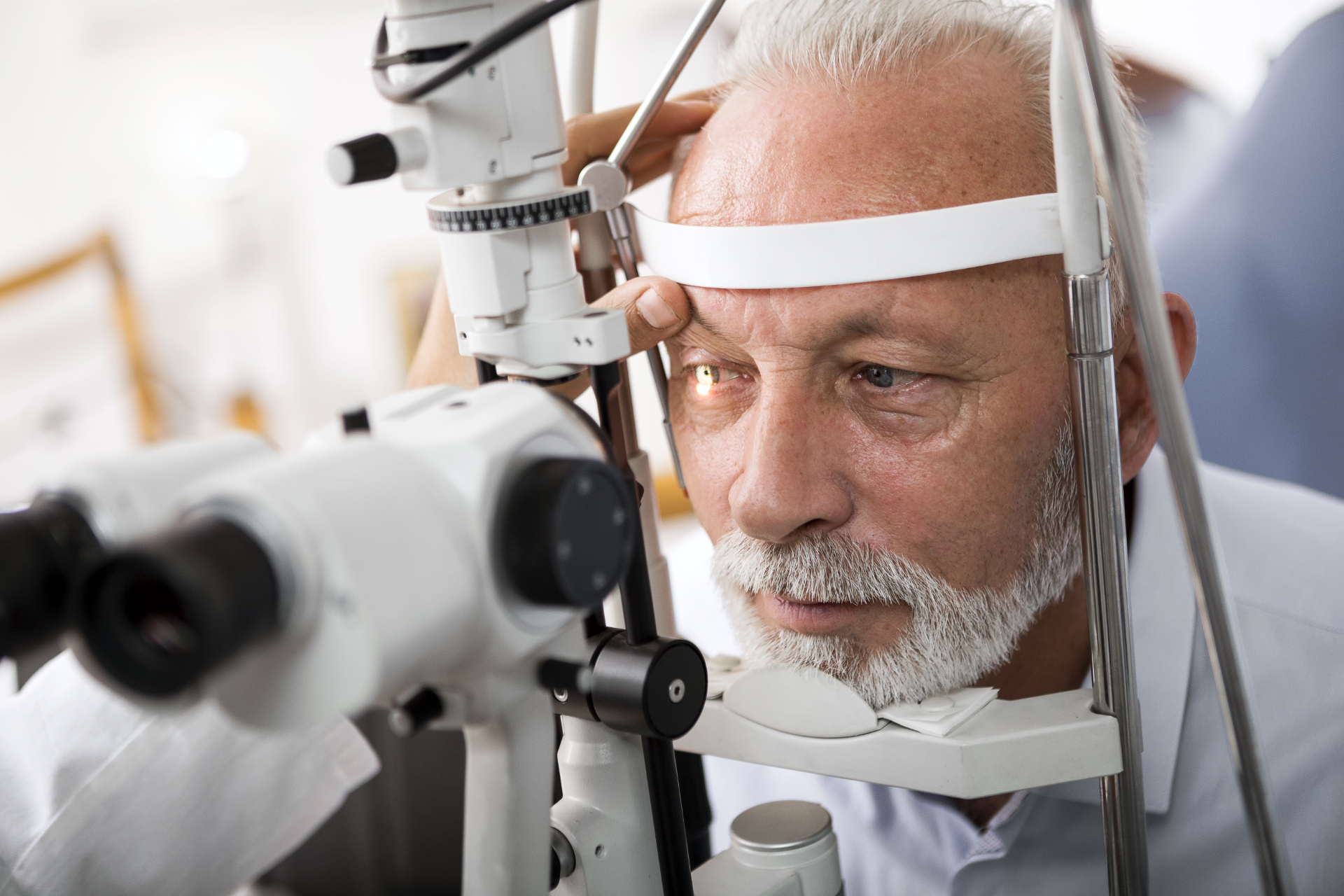
Health News
Features
-
More Than Man’s Best Friend
Susan Grill of Trained and Maintained Shares What Takes to be a Service or Therapy Dog by TERESA SCHIFFER They say that the dog is man’s best friend. If the dog is a service or therapy animal, that’s true in more ways than one. These special pooches save lives, provide assistance and comfort,…
-
Pop Quiz on Plantar Fasciitis
Putting Your Best Foot Forward on Prevention and Treatment of this Common Source of Pain by ERIKA ALDRICH Our feet are the basis of nearly everything we do, and if you experience recurring foot pain it can put a real damper on your everyday life. Plantar fasciitis is one of the most common causes of…
-
Pets and Partners
Canine Heroes Help their Humans Tread with Care story by CHERYL ROGERS portraits by LUIS BETANCOURT Eighteen-year-old Hailey McDaniel’s dog, Oliver, sure knows how to get his owner’s attention. The yellow labrador whines and paces until McDaniel asks if there’s a problem. Then he’ll tap her right or left hand. McDaniel has Type 1 Diabetes,…
Columns
-
Why Examine a 20/20 Eye?
by THOMAS HEGLAND, O.D. I have friends and strangers state, “I have perfect 20/20 vision without glasses or contacts, why do I need a regular eye exam?” Our exams can discover other issues besides the condition of your vision. Beginning, from front to back, with the eyelids. Florida sunshine can have a very detrimental effect…
-
April Is Sports Eye Safety Month – Protect Your Vision on the Field & Court
by the Eye Specialists of Mid-Florida Eye Care Team Did you know that 30,000 people are treated for sports-related eye injuries each year? According to the American Academy of Ophthalmology, these injuries are becoming more common, making eye protection more important than ever. Which Sports Cause the Most Eye Injuries?While many sports pose a risk,…
-
Medical Management and Treatment of Carotid Stenosis
Let’s talk about medical management of carotid stenosis. Risk factors for carotid artery stenosis are advanced age, hypertension, diabetes mellitus, high cholesterol levels, obesity, lack of exercise, smoking, and family history of strokes. Most of these factors can be managed by medications and lifestyle changes that include active exercise for 30 minutes or so on…





